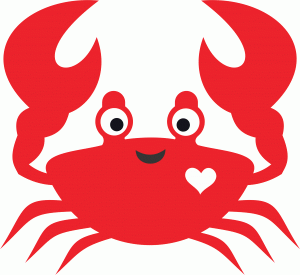

Keywords : Myth, Lorelei, Existentialism Feminism, Men, Women the study of existentialism feminism, it can be seen that Lorelei is still described as the object which is marginalized by the strong myth of the fame fatale. The author chose the Lorelei-lyrics from three different time, Heinrich Heine's Lorelei (1823), Dschinghis Khan's Loreley (1981), and Faun's Lore Lay (2013) to show the Lorelei myth displayed in different era.

This research will refer to the relationship between women (Lorelei) and male figures and the relation will be analyzed through the perspective of existentialist feminism using two main concepts, Men as Subjects and Women as Other Figures.
Lorelei is a mythical woman whose name is taken from a cliff on the Rhine. P> This study analised the theme of the myth contained in three lyrics of Lorelei from three different times. It is argued that by simplifying and externalising internal complex conflicts in the Andersen story, Disney's version reduces the myth to a fairy tale, and reproduces the ideology of romantic love. In the second part the ideological implications of Disney's adaptation of the original for its symbolic status are explored. Growing up is read as structured around a symbolic castration of tongue and voice, while desire is read as structured around lack. Birth and death are read as representing real separations.
#Little mermaid histera series#
In the first part, the psychoanalytic concept of castration (broadly conceptualised as containing any existential severance which forms the basis for sexual difference and subjectivity) is utilised to argue that the myth is about a construction of (mostly female) subjectivity through a series of separations or splits: (1) birth, (2) growing up, (3) desire and (4) death. Hans Christian Andersen's story 'The Little Mermaid' is read as a creation myth and a metaphor for woman's condition in patriarchy, broadly conceptualised within a Lacanian framework.


 0 kommentar(er)
0 kommentar(er)
